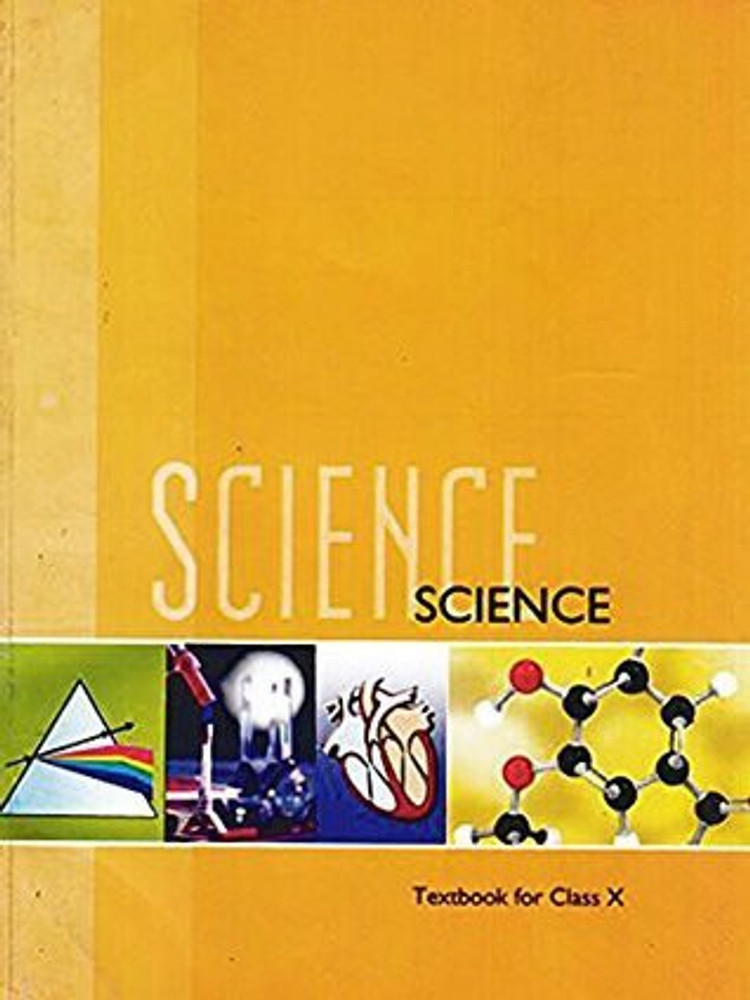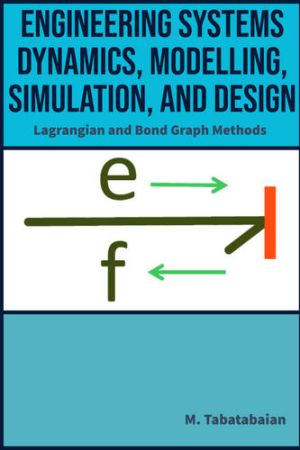Physicists Predict Exotic ‘Paraparticles’ Defying Fermion and Boson Classifications
A new class of particles, called paraparticles, has been proposed by physicists, breaking the conventional boundaries of fermions and bosons. This theoretical discovery could reshape our understanding of quantum mechanics, offering possible applications in quantum computing. The model suggests that paraparticles have unique properties that could help reduce errors in quantum systems. These particles could also indicate the existence of new, undiscovered particles in nature, offering a promising avenue for future research

A new category of particles, termed "paraparticles," has been theorized by physicists, offering a fresh perspective on the fundamental building blocks of nature. These particles defy traditional classifications of fermions and bosons, presenting unique properties that could revolutionize understanding in quantum mechanics and potentially enhance quantum computing capabilities. The mathematical model defining paraparticles opens up possibilities for experimental realization using advanced quantum computing systems, as suggested by experts in the field. This discovery hints at the existence of undiscovered particles in the natural world.
Proposed Characteristics and Implications
According to a study published in Nature, led by Zhiyuan Wang of the Max Planck Institute for Quantum Optics and Kaden Hazzard of Rice University, paraparticles exhibit behaviors distinct from those of fermions and bosons. The researchers developed a theoretical framework that allows these particles to exist in any dimensional setting, broadening the scope for their potential applications. Unlike fermions, which adhere to the Pauli exclusion principle, or bosons, which prefer shared states, paraparticles possess their own unique exclusion rules.
Wang revealed to Nature that this concept emerged unexpectedly during his Ph.D. research in 2021. The challenge of recreating paraparticles in controlled conditions remains, but quantum computing advancements may make it possible. Experts believe their properties could contribute to reduced error rates in quantum computational systems.
Comparison with Anyons
Reports from Nature have highlighted the distinction between paraparticles and another exotic particle type, anyons, which were recently demonstrated in a one-dimensional setting by a team led by Joyce Kwan and Markus Greiner at Harvard University. The rubidium-87 atoms used in their experiment displayed twisted wavefunctions, a hallmark of anyonic behavior. Unlike paraparticles, anyons' wavefunctions retain a memory of their positional swaps, making them highly relevant for quantum information storage.
Although paraparticles may not possess the same robustness as anyons, their ability to exist in three-dimensional spaces makes them a compelling area for further exploration. These advancements signal exciting opportunities in the realm of quantum physics and computing technologies.












)

























































